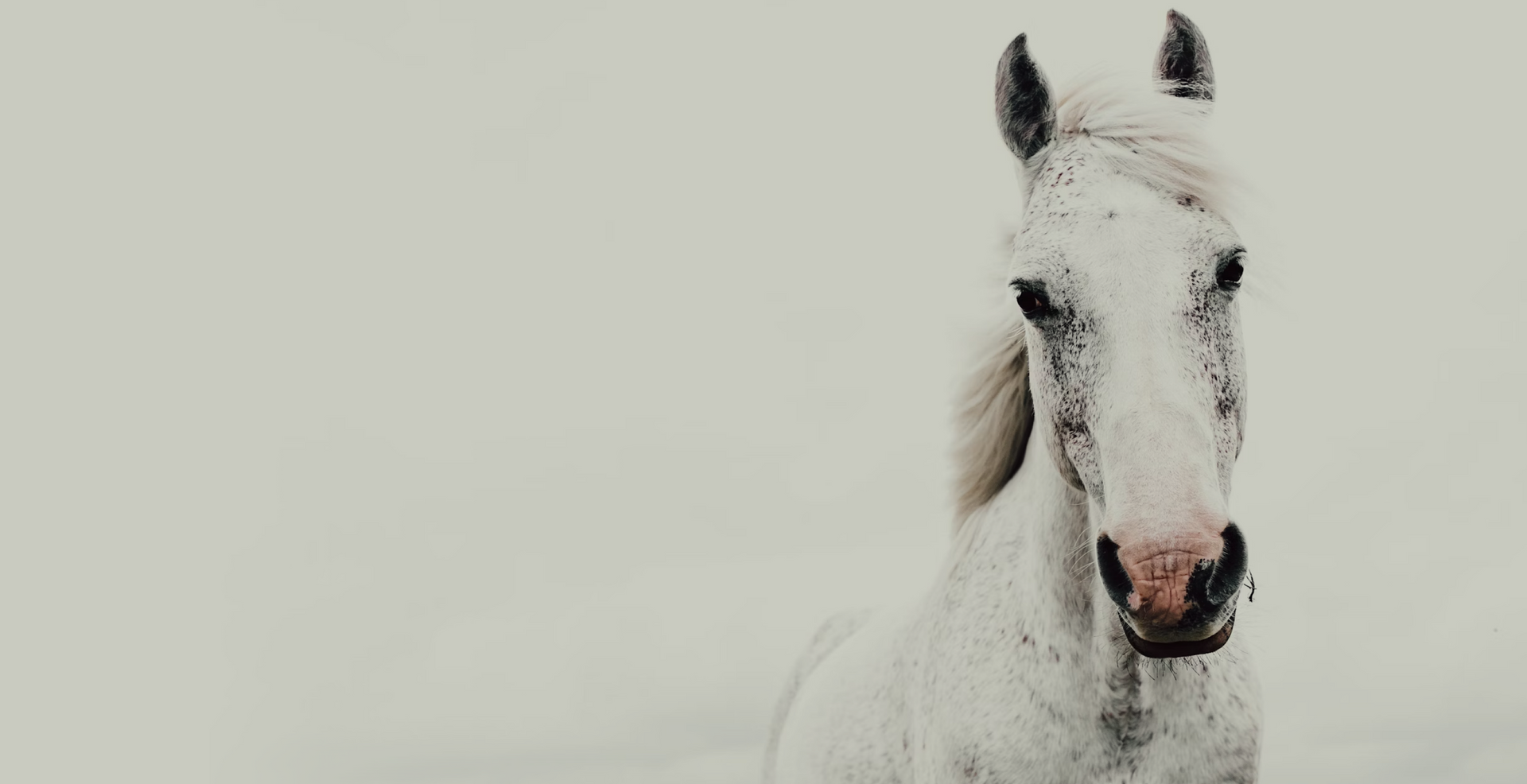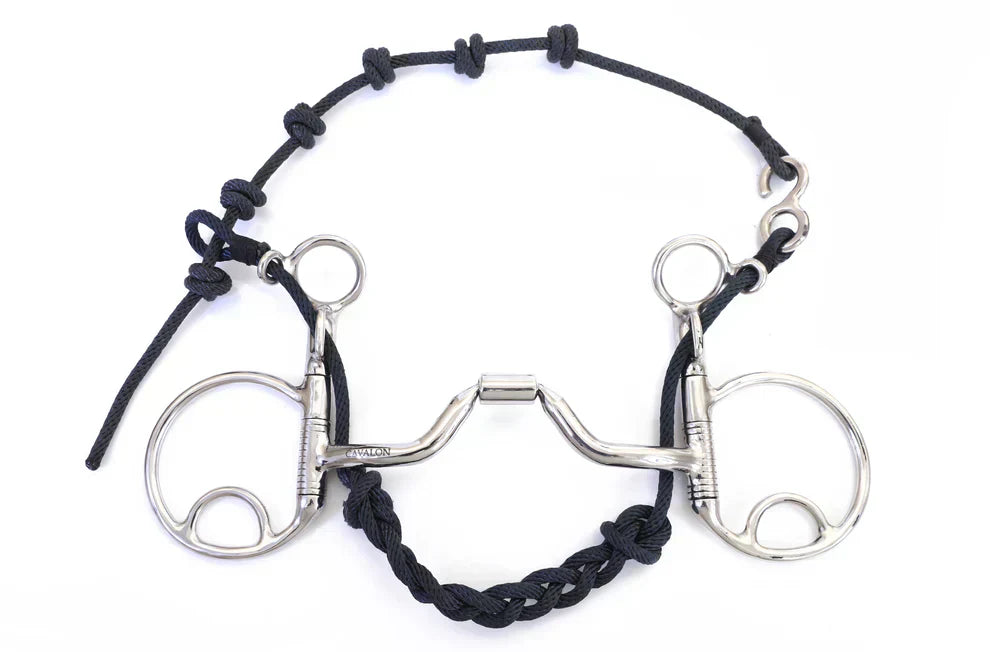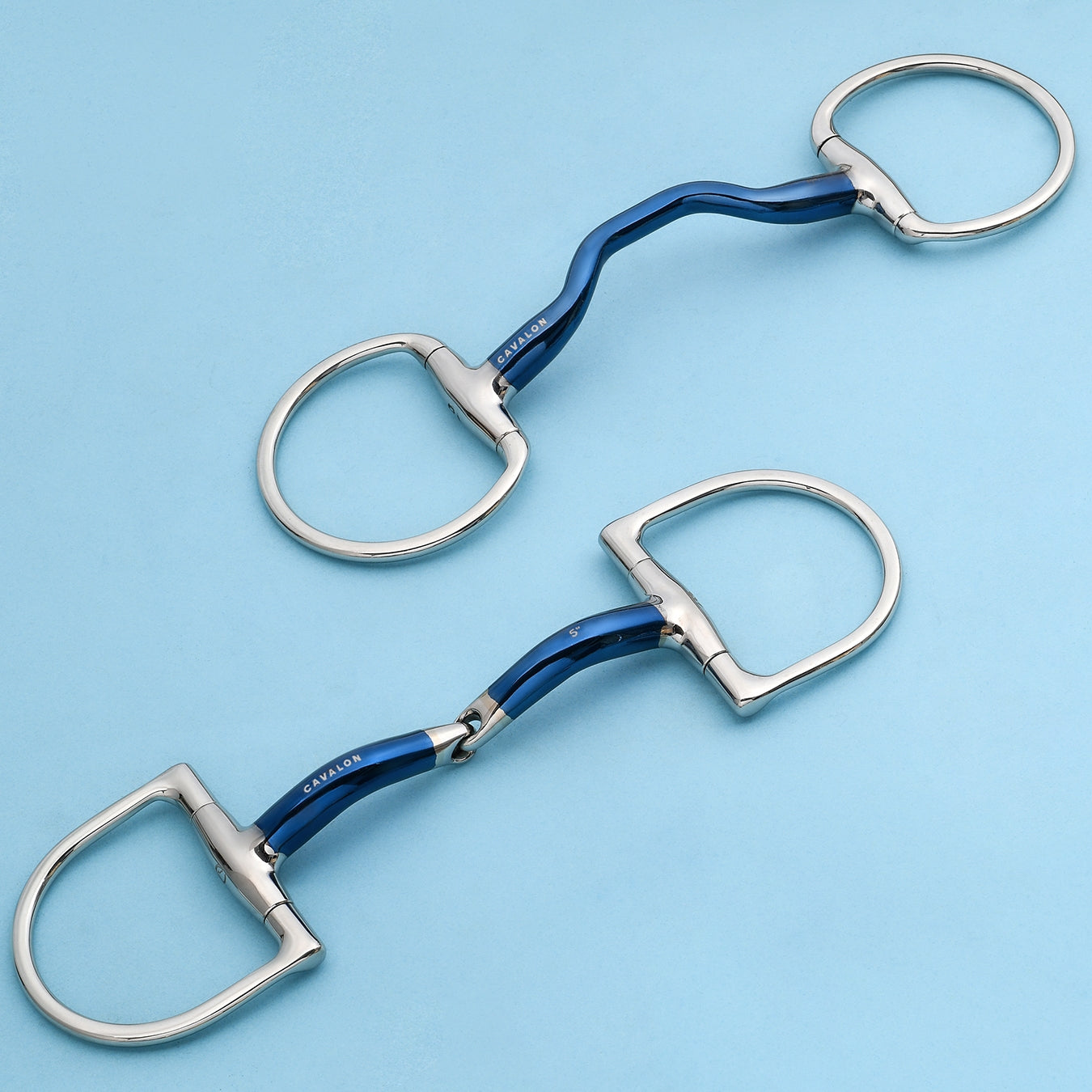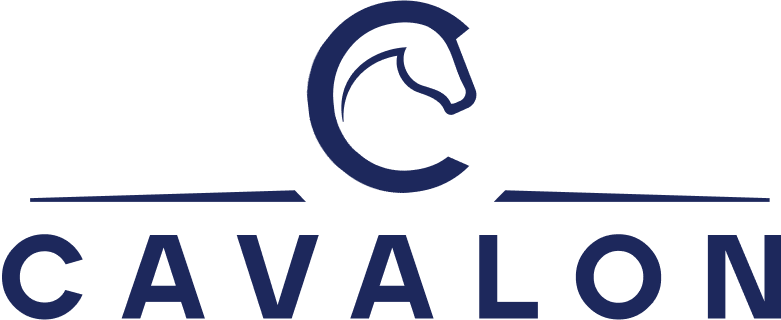Reading Your Horse's Body Language: Better Communication Through Bits
Reading Your Horse's Body Language: Better Communication Through Bits

As someone who loves horse riding, you will know how important it is to create a positive relationship with your horse. The difference between having a horse that feels respected and cared for and one that feels like it is dragged around and made to do your bidding is night and day. If you own a horse and use a bit to help make controlling your horse during riding easier, then it is essential that you learn how to read its facial expressions. Horses cannot speak, obviously, so making sure you can tell how they feel through their body language becomes critical to your relationship building.
While every horse has its quirks and personality, there are some universal signs to look out for that can give you an idea of what might be right or wrong. Understanding how the bit you use impacts your horse matters, as well as being able to tell via body language and facial expressions whether or not the bit being used at the moment is ideal or not. It goes without saying that finding the correct bit for your horse can be the difference between satisfaction and unhappiness for your horse.
In this article, we will try to help you know what to look out for with your horse when it comes to potential body language and facial expressions. Hopefully, you will feel more comfortable reading what your horse needs from you as its rider so you can create a more fruitful partnership.
Body Language Used By Horses: What To Look Out For
Yes, every horse is unique – not every horse provides the same visual cues as you might expect. That being said, certain horse body language responses feel almost universal. Look out for signs like:
Head Shaking
The first sign of uncertainty or unhappiness with a horse is when they shake their heads. This is about as close to a human emotional response as you are going to get with a horse; we all know what shaking the head means. Head shaking is a clear sign that they do not like the action you just carried out. If you see your horse shaking its head at something you do, it is a clear sign of discomfort!
Head/Shoulder Turning
When you are walking your horse, you might find that your horse reacts to your actions by turning the other way. Let’s say, for example, you are heading down a pathway that the horse feels uncomfortable dealing with. The horse might therefore turn its head in the opposite direction; that is your horse saying “no, another way” – if your horse begins to turn its shoulder, it is already in a state of borderline panic. Continuing along this path is a surefire way for your horse to lash out or force you off.
Head Twitching
Have you ever noticed that your horse appears to be signalling to something it wants, like a bucket of food? Then you need to pay close attention to these signs. A horse cannot physically point at what it wants, but it can give you a little sign that it wants something in particular. Look out for signs of your horse nodding towards something, or quickly moving their head towards a particular object. This is their clearest indication that they want something; it would be wise to heed their request regularly.
Tail Swishing
If you are with your horse and you carry out an action they do not like, they will likely swish their tail a little bit. Tail swishing is a pretty clear sign that your horse is not happy with something you have done or feels uncomfortable. If you place a horse bit into the mouth of your horse and notice regular tail swishing, this should give you an insight into how happy or comfortable it feels.
Tail swishing is a universal sign used by horses when they feel like your grooming does not suit their preferences, or when you use accessories like horse bits that they do not enjoy. Tail swishing is also a common method used by horses as they try to get rid of something flying around them, such as an insect. Generally, tail swishing is ‘horsish’ for “I do not like this.”
Mouth Gaping
If you place a bit in your horse's mouth and it seems to react by opening its mouth wide or even tugging on the bit, it is a clear sign that this bit is not ideal for their comfort. By gaping the mouth, your horse releases the pressure caused by the bit. If the bit is not suitable for your horse, it might start to continually gape the mouth so that the bit is no longer causing the discomfort they wish.
Wide Eyes
If you spot your horse opening its eyes as wide as it can, this is a clear sign of discomfort. This is akin to, say, going to the dentist. When the dental technician is working on your teeth, they look for cues of pain or discomfort, such as wincing or opening your eyes wider as they work on your teeth. Horses use a similar expression. If you see your horse widen its eyes, it is trying to tell you that it does not enjoy what you are doing, be that applying pressure with a bit or even grooming the horse.
Equine Smiles
While a horse is not really “smiling” at you in the same way you would smile at another person, this is about as close as we can get to this in the animal kingdom. If you see your horse begin to close its eyes around the halfway point and then point their ears backwards, this is a sign that your horse enjoys what you are doing.
This is most commonly seen when we carry out a grooming technique that the horse enjoys. They might even have their upper lip twitching. Remember, your horse can show positive emotions as well as negative; reinforce positive emotions and do your best to avoid creating negative sensations.
Physical Guarding
Especially when we use accessories on horses that could cause pressure, it is common to see a horse ‘guard’ the area that has been impacted. If you see a horse trying to protect a part of its anatomy, it is a pretty clear sign that the horse has been hurt in that area. Look for any signs that your horse is trying to guard or attend to an area causing them pain. Watch how it responds to your actions, too. A saddle being placed on a horse that is normally happy with this, but now responds with physical revulsion, is a clear sign your horse has back issues. The same goes for fitting a horse bit; if the horse recoils or shows aggression, it could have dental pain, pain in the temporomandibular joint (TMJ), or it could find the bit you are fitting highly uncomfortable.
Flat Ears
The same goes for a horse that appears to flatten its ears. Horses that do this with their ears are showing a sense of discomfort or pain. They might also strain areas of the face while they do so, such as their chewing muscles or the areas around their eyes. If your horse seems to be continually flattening its ears or opening its mouth in a repetitive motion, it could be suffering from physical pain.
By contrast, if your horse has its ears pointing forward and matches this with physical traits like having its head high and its stance rigid, it is a sign that your horse is stressed about a situation. When you notice this, you need to find a way to de-stress your horse.
Licking & Chewing
Lastly, staying on the stress angle, look out for signs of stress in your horse by watching for your horse to start licking and chewing. When a horse is leaving a state of stress, it will often do this as it tries to turn its mouth from being dried out to wet. As your horse returns to salivating, it can start licking and chewing in a bid to keep the mouth wet. A horse licking and chewing has progressed from a state of genuine alarm to a slightly lower level of stress. Still, help will be required.
Getting To Know Your Horse Through Body Language
The above covers some of the most common physical traits we see in a horse as it tries to give us an insight into how it feels. Whether you are finding that your horse reacts in these ways all the time or it seems to be when you carry out certain actions, like fitting a horse bit, you need to pay close attention to these actions. They are the clearest indicator that something is wrong that you need to address. Most horse body language and facial expressions are used to express negative emotions; keep a close eye on these signs, and you can help to avoid making your horse feel more uncomfortable.
Of course, it might be best to work with a trainer who can help you understand your horse and appreciate its attributes, moods, and preferences. Do not dismiss the importance of paying attention to these issues; they can be the difference between a harmonious relationship and a fractured one.
As someone who loves horse riding, you will know how important it is to create a positive relationship with your horse. The difference between having a horse that feels respected and cared for and one that feels like it is dragged around and made to do your bidding is night and day. If you own a horse and use a bit to help make controlling your horse during riding easier, then it is essential that you learn how to read its facial expressions. Horses cannot speak, obviously, so making sure you can tell how they feel through their body language becomes critical to your relationship building.
While every horse has its quirks and personality, there are some universal signs to look out for that can give you an idea of what might be right or wrong. Understanding how the bit you use impacts your horse matters, as well as being able to tell via body language and facial expressions whether or not the bit being used at the moment is ideal or not. It goes without saying that finding the correct bit for your horse can be the difference between satisfaction and unhappiness for your horse.
In this article, we will try to help you know what to look out for with your horse when it comes to potential body language and facial expressions. Hopefully, you will feel more comfortable reading what your horse needs from you as its rider so you can create a more fruitful partnership.
Body Language Used By Horses: What To Look Out For
Yes, every horse is unique – not every horse provides the same visual cues as you might expect. That being said, certain horse body language responses feel almost universal. Look out for signs like:
Head Shaking
The first sign of uncertainty or unhappiness with a horse is when they shake their heads. This is about as close to a human emotional response as you are going to get with a horse; we all know what shaking the head means. Head shaking is a clear sign that they do not like the action you just carried out. If you see your horse shaking its head at something you do, it is a clear sign of discomfort!
Head/Shoulder Turning
When you are walking your horse, you might find that your horse reacts to your actions by turning the other way. Let’s say, for example, you are heading down a pathway that the horse feels uncomfortable dealing with. The horse might therefore turn its head in the opposite direction; that is your horse saying “no, another way” – if your horse begins to turn its shoulder, it is already in a state of borderline panic. Continuing along this path is a surefire way for your horse to lash out or force you off.
Head Twitching
Have you ever noticed that your horse appears to be signalling to something it wants, like a bucket of food? Then you need to pay close attention to these signs. A horse cannot physically point at what it wants, but it can give you a little sign that it wants something in particular. Look out for signs of your horse nodding towards something, or quickly moving their head towards a particular object. This is their clearest indication that they want something; it would be wise to heed their request regularly.
Tail Swishing
If you are with your horse and you carry out an action they do not like, they will likely swish their tail a little bit. Tail swishing is a pretty clear sign that your horse is not happy with something you have done or feels uncomfortable. If you place a horse bit into the mouth of your horse and notice regular tail swishing, this should give you an insight into how happy or comfortable it feels.
Tail swishing is a universal sign used by horses when they feel like your grooming does not suit their preferences, or when you use accessories like horse bits that they do not enjoy. Tail swishing is also a common method used by horses as they try to get rid of something flying around them, such as an insect. Generally, tail swishing is ‘horsish’ for “I do not like this.”
Mouth Gaping
If you place a bit in your horse's mouth and it seems to react by opening its mouth wide or even tugging on the bit, it is a clear sign that this bit is not ideal for their comfort. By gaping the mouth, your horse releases the pressure caused by the bit. If the bit is not suitable for your horse, it might start to continually gape the mouth so that the bit is no longer causing the discomfort they wish.
Wide Eyes
If you spot your horse opening its eyes as wide as it can, this is a clear sign of discomfort. This is akin to, say, going to the dentist. When the dental technician is working on your teeth, they look for cues of pain or discomfort, such as wincing or opening your eyes wider as they work on your teeth. Horses use a similar expression. If you see your horse widen its eyes, it is trying to tell you that it does not enjoy what you are doing, be that applying pressure with a bit or even grooming the horse.
Equine Smiles
While a horse is not really “smiling” at you in the same way you would smile at another person, this is about as close as we can get to this in the animal kingdom. If you see your horse begin to close its eyes around the halfway point and then point their ears backwards, this is a sign that your horse enjoys what you are doing.
This is most commonly seen when we carry out a grooming technique that the horse enjoys. They might even have their upper lip twitching. Remember, your horse can show positive emotions as well as negative; reinforce positive emotions and do your best to avoid creating negative sensations.
Physical Guarding
Especially when we use accessories on horses that could cause pressure, it is common to see a horse ‘guard’ the area that has been impacted. If you see a horse trying to protect a part of its anatomy, it is a pretty clear sign that the horse has been hurt in that area. Look for any signs that your horse is trying to guard or attend to an area causing them pain. Watch how it responds to your actions, too. A saddle being placed on a horse that is normally happy with this, but now responds with physical revulsion, is a clear sign your horse has back issues. The same goes for fitting a horse bit; if the horse recoils or shows aggression, it could have dental pain, pain in the temporomandibular joint (TMJ), or it could find the bit you are fitting highly uncomfortable.
Flat Ears
The same goes for a horse that appears to flatten its ears. Horses that do this with their ears are showing a sense of discomfort or pain. They might also strain areas of the face while they do so, such as their chewing muscles or the areas around their eyes. If your horse seems to be continually flattening its ears or opening its mouth in a repetitive motion, it could be suffering from physical pain.
By contrast, if your horse has its ears pointing forward and matches this with physical traits like having its head high and its stance rigid, it is a sign that your horse is stressed about a situation. When you notice this, you need to find a way to de-stress your horse.
Licking & Chewing
Lastly, staying on the stress angle, look out for signs of stress in your horse by watching for your horse to start licking and chewing. When a horse is leaving a state of stress, it will often do this as it tries to turn its mouth from being dried out to wet. As your horse returns to salivating, it can start licking and chewing in a bid to keep the mouth wet. A horse licking and chewing has progressed from a state of genuine alarm to a slightly lower level of stress. Still, help will be required.
Getting To Know Your Horse Through Body Language
The above covers some of the most common physical traits we see in a horse as it tries to give us an insight into how it feels. Whether you are finding that your horse reacts in these ways all the time or it seems to be when you carry out certain actions, like fitting a horse bit, you need to pay close attention to these actions. They are the clearest indicator that something is wrong that you need to address. Most horse body language and facial expressions are used to express negative emotions; keep a close eye on these signs, and you can help to avoid making your horse feel more uncomfortable.
Of course, it might be best to work with a trainer who can help you understand your horse and appreciate its attributes, moods, and preferences. Do not dismiss the importance of paying attention to these issues; they can be the difference between a harmonious relationship and a fractured one.



